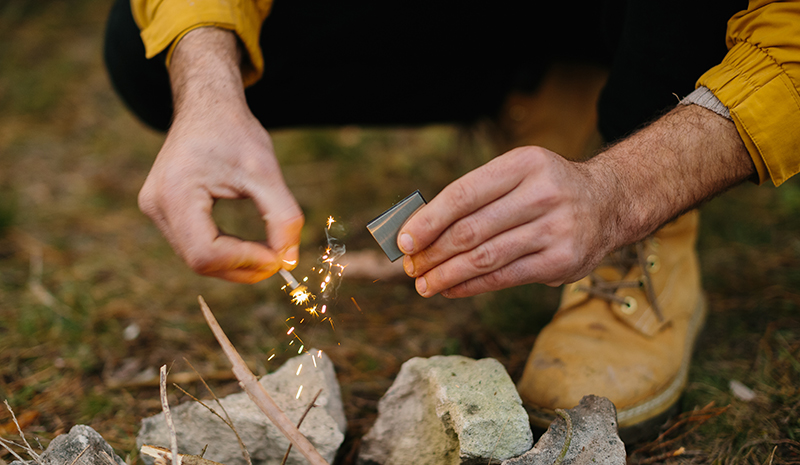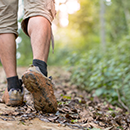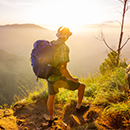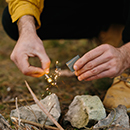Trekking Tips
Start with Easy Treks: If you're a beginner, start with easier and shorter treks to build your stamina and confidence. Gradually increase the difficulty level as you gain experience.
Train and Prepare: Engage in regular physical exercise to improve your cardiovascular fitness and strength. Train specifically for trekking by including activities like hiking, stair climbing, and walking with a loaded backpack.
Pack Light: Travel as light as possible to reduce strain on your body and improve mobility. Carry only essential items and prioritize lightweight gear. Minimize the weight of your backpack by packing smartly and leaving unnecessary items behind.
Layer Your Clothing: Dress in layers to easily adjust to changing weather conditions. Wear moisture-wicking base layers, insulating mid-layers, and a waterproof and windproof outer layer. Carry extra clothing for warmth and protection.
Footwear Matters: Invest in a good pair of trekking shoes that are comfortable, sturdy, and suitable for the terrain you'll be trekking on. Ensure they are broken in before the trek to avoid blisters and discomfort.
Hydration and Nutrition: Stay hydrated by drinking plenty of water throughout the trek. Carry a water bottle and refill it whenever possible. Eat nutritious meals and carry high-energy snacks to maintain your energy levels.
Pace Yourself: Trek at a comfortable and sustainable pace. Take regular breaks to rest, hydrate, and refuel. Listen to your body and adjust your pace accordingly.
Follow Safety Guidelines: Familiarize yourself with the trekking route, weather conditions, and any safety guidelines specific to the area. Stay on marked trails, be aware of potential hazards, and follow the advice of experienced guides or local authorities.
Leave No Trace: Respect the environment by practicing Leave No Trace principles. Minimize your impact on the trail by packing out your trash, avoiding damage to flora and fauna, and respecting the local culture.
Stay Flexible: Be prepared for changes in weather, trail conditions, and unexpected situations. Have a backup plan and be ready to adapt your itinerary if needed.
Take Care of Your Feet: Pay attention to foot care to prevent blisters and discomfort. Keep your feet clean and dry, wear moisture-wicking socks, and carry blister treatment and foot care supplies.
Enjoy the Journey: Take time to appreciate the natural beauty around you. Trekking is not just about reaching the destination but also about enjoying the process and immersing yourself in the experience.
Listen to Locals and Guides: If you're trekking in a new area, listen to the advice and guidance of locals and experienced guides. They can provide valuable insights, safety tips, and information about the region.
Carry Emergency Essentials: Pack a basic first aid kit, emergency shelter, headlamp, whistle, and a multi-tool for unexpected situations. Be prepared for emergencies but also take preventive measures to avoid them.
Capture Memories: Carry a camera or smartphone to capture beautiful moments and scenery along the way. But remember to balance photography with being present in the moment.
Remember, trekking can be physically challenging, so it's important to be prepared, stay safe, and enjoy the experience. Respect the environment, practice responsible trekking, and leave a positive impact on the places you visit.







Popular Comments
Very Important and useful blog.